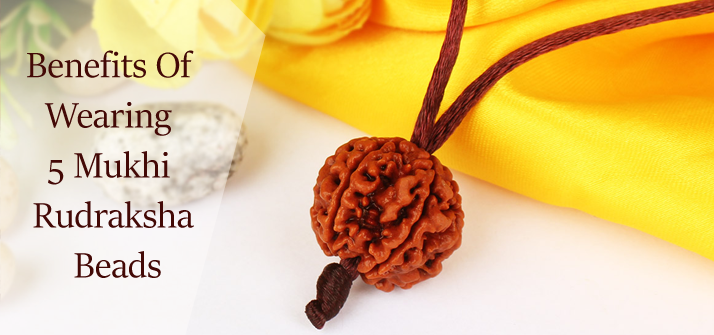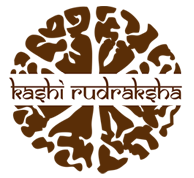
Benefits of Rudraksha
THINGS WE NEED TO KNOW ABOUT RUDRAKSHA
Rudraksh, a blueberry bead, a seed of “Elaeocarpus Ganitrus” that is used as a prayer bead in Hinduism possesses an enormous medicinal and spiritual values. Let us indulge in some facts that would leave you awestricken.
GENERAL IDEA
Rudraksh is a medium- size tree that grows up to 60 ft in height and 4 ft in girth, generally buttressed at the base.The white wood of the Rudraksh tree has a unique strength-to-weight ratio, making it valued for its timber. During World War I, it was used to make the airplane propellers. The splendor of the tree, however, is its intricately ornamented fruit stone which, when arduously cleaned, becomes the ruddy and revered Rudraksha bead.
RUDRAKSHA AND AYURVEDA
The Rudraksha finds a prominent place in Hindu religion and Ayurveda, the ancient system of medicine. Rudrakasha fruits are thermogenic, sedative and are useful in cough, bronchitis, neuralgia, cephalagia, anorexia, migraine, manic conditions and other brain disorders. The flesh or pulp of drupe is given in epilepsy, diseases of head and in mental illness.
THE LEGACIES FROM THE SAGES
Traditionally used by sages and sadhus to attain a state of perfect mental and physical health. Rudraksh used by people during chanting mantras has been found to exert an influence like acupressure. Rudraksh not only enhances the effectiveness of other systemof medicine but also endows the wearer with rare psychic powers and prosperity. The latest research indicates that the Rudraksh mala helps to radiate out the accumulated static energy arising from the internal bioelectrical current flow. The accumulated charge is radiated into outer space thereby allowing free circulation and a uniform distribution to all parts of the human body.Rudraksh is known to keep blood pressure under control and impart mental peace, self-confidence, matrimonial harmony, prosperity, meditation, spiritual progress and a higher level of consciousness.
FACES WE KNOW
A Rudraksh bead is categorized primarily by the number of its “faces” or mukhee edges face partitions that range from 1 to 21. The Hindu scriptures refer up to 14 cuts. Longitudinal grooves begin at the pedicellar end of the bead, dividing it into cells which encase the seeds. Most common by far is the five-faced bead, followed by the four and six-faced. Rare variations are the “Gouri Shankar”, a double-joined




